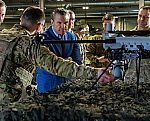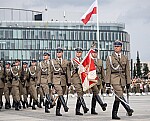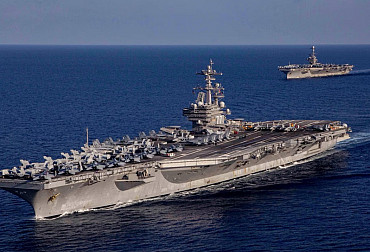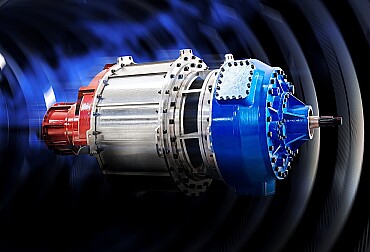North Korea as a military powerhouse: Surpassing Europe in arms supplies to Russia
North Korea's arms shipments to Russia could significantly impact the balance of power in the ongoing war in Ukraine. These transactions, however, violate United Nations resolutions prohibiting the purchase of weapons from North Korea.
Recent discussions about the Russia-North Korea collaboration have emerged in the context of North Korea's first spy satellite being launched into orbit. While the extent of Russian technology in this North Korean achievement remains uncertain, there is no doubt about the valuable assets Moscow receives from Pyongyang.
For over a year, reports have indicated that Russia has been purchasing weapons from North Korea. In the last month, the enormity of these transactions has become clearer. This situation represents not only a violation of UN resolutions but also an operation that could significantly influence the dynamics of the Ukrainian war.
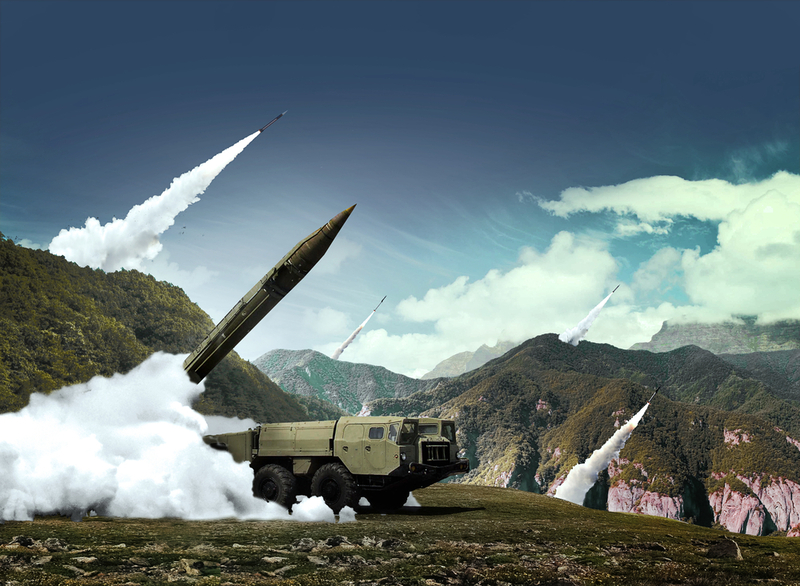
Evidence suggests that these supplies likely include artillery shells, a type of weaponry Russia currently needs most. Since August, North Korea has reportedly supplied over a million of these to Russia. Given Russia's needs for the war in Ukraine and its domestic production capabilities, this volume is substantial.
The British think tank RUSI has detailed this through an analysis titled "Orient Express." Using satellite images from August to October, it traced the journey of containers, likely filled with artillery ammunition, from North Korea's port of Račin to a secret Russian port near Vladivostok, and then to Tichoreck, about 200 kilometers from the Ukrainian border.
The analysis identified hundreds of containers transported by three Russian ships with military connections: Angara, Maria, and Lady R. These ships, with their transponders off, made several round trips. While the satellite images don't explicitly show that the containers held artillery ammunition, the White House's accusations in mid-October and observed patterns strongly suggest this.
Simultaneously, a notable expansion of an ammunition depot near Tichoreck was observed. "From mid-August 2023, high-resolution satellite images began showing rapid reconstruction of the ammunition depot, including digging over a hundred new ammunition pits separated by berms," the RUSI analysis noted, indicating that these modifications are consistent with artillery ammunition storage.
The think tank inferred that these supplies, loaded in North Korea, were destined for this depot, based on the containers' consistent size and color. Independent group Frontelligence Insight, associated with the social media account X Tatarigami, estimated that up to 800,000 shells could have been transported in these containers over two months. This figure aligns with Reuters' report citing South Korean military sources and the White House's public estimate of one thousand containers.
While the satellite imagery-based numbers are slightly lower than the one million shells reported by South Korea, they still represent a significant quantity, especially considering the artillery-intensive nature of the war in Ukraine.
North Korea's assistance has been crucial for Russia, which, according to estimates, fired 10 to 12 million artillery shells in the first year of the war and can produce only one to two million annually without full wartime mobilization. The North Korean ammunition supply, potentially up to a million shells within just two to three months, has been a significant boost.
For context, Ukraine received over two million shells from its largest ally, the USA, since the beginning of the invasion until July of this year. Europe promised one million shells this spring, with only 300,000 delivered by the end of October, amid concerns about fulfilling this promise. The entire European capacity for artillery ammunition production was about 300,000 as of February this year.
While Western ammunition includes guided shells, which Ukraine uses effectively, the North Korean supply is significant. The Russian army compensates for the "inferiority" of its ammunition with drones for precision targeting.
The quality and continued supply of these arms remain uncertain. However, the sheer volume of the shipments underscores North Korea's production capabilities and its potential role as a significant player in the global arms market. This situation also poses a strategic challenge to Western nations, particularly in terms of monitoring and countering the flow of arms in conflict zones.
In conclusion, North Korea's arms supplies to Russia represent a pivotal moment in the ongoing Ukrainian conflict and the broader international security environment. It highlights the need for a more effective international response to unauthorized arms transfers and the importance of understanding the strategic intentions of nations like North Korea. As the situation continues to evolve, the international community must closely monitor these developments and consider their long-term implications for global security and stability.



